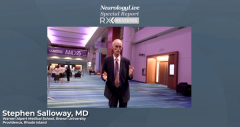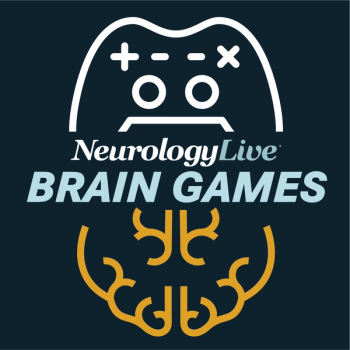
Donanemab Dosing and ARIA Risk in TRAILBLAZER-ALZ 6
Expert Stephen Salloway, MD, discussed findings from the TRAILBLAZER-ALZ 6 study, highlighting how a stepwise donanemab dosing regimen significantly lowered rates of ARIA in early Alzheimer disease. Supported by Eli Lilly.
Episodes in this series

At the
In the first episode of this AAIC Special Report, Salloway highlighted recent advancements in AD treatment, focusing on the antiamyloid therapy donanemab, which is administered monthly by infusion. During the conversation, he noted that the FDA-approved stepwise dosing approach is a simple schedule that can significantly lowered amyloid-related imaging abnormalities (ARIA) rates compared with the original regimen. Notably, he explained that this reduction was especially meaningful for APOE ε4 carriers, who are at higher risk for ARIA.
Transcript below edited for clarity.
Stephen Salloway, MD: We have 2 new treatments for AD that lower the buildup of amyloid plaque to slow down memory loss, and one of them is called donanemab, and it's given monthly by infusion. The goal of this study was to test different dosing regimens to see which one was the safest, produced the least amount of ARIA, which is the most serious adverse effect associated with this type of medicine.
The approved dose from FDA is 700 milligrams for 3 doses, 3 monthly doses, followed by 1400 milligrams after that, and that had a certain ARIA rate. They tested different regimens. The one focus here that is now approved by FDA, starts at a half a dose, 350 milligrams the first month, then 700 then 1050 and then 1400 after that, just that small change. It's really 1-2-3-4 in terms of dosing, it's easy to remember from the administration side, produced a much lower rate of ARIA, which was terrific. Overall, the rate went from 24% to 14% and especially in e4 carriers and homozygotes, there was a substantial drop, which is what we want, because those carriers are at increased risk of more serious ARIA.
Newsletter
Keep your finger on the pulse of neurology—subscribe to NeurologyLive for expert interviews, new data, and breakthrough treatment updates.






